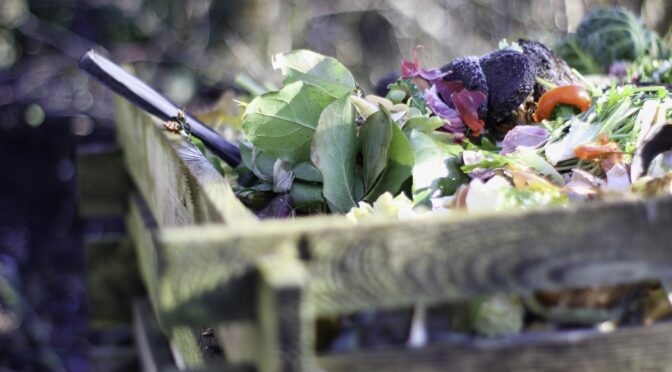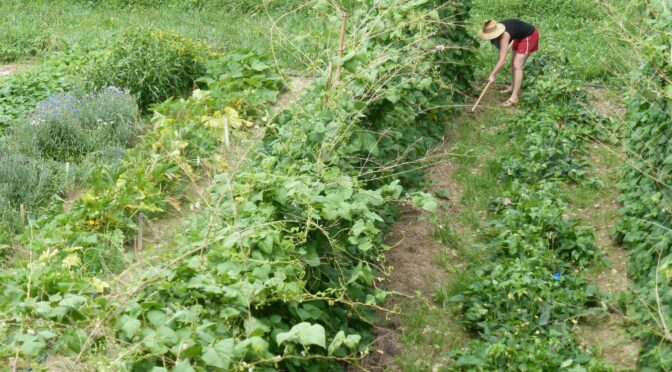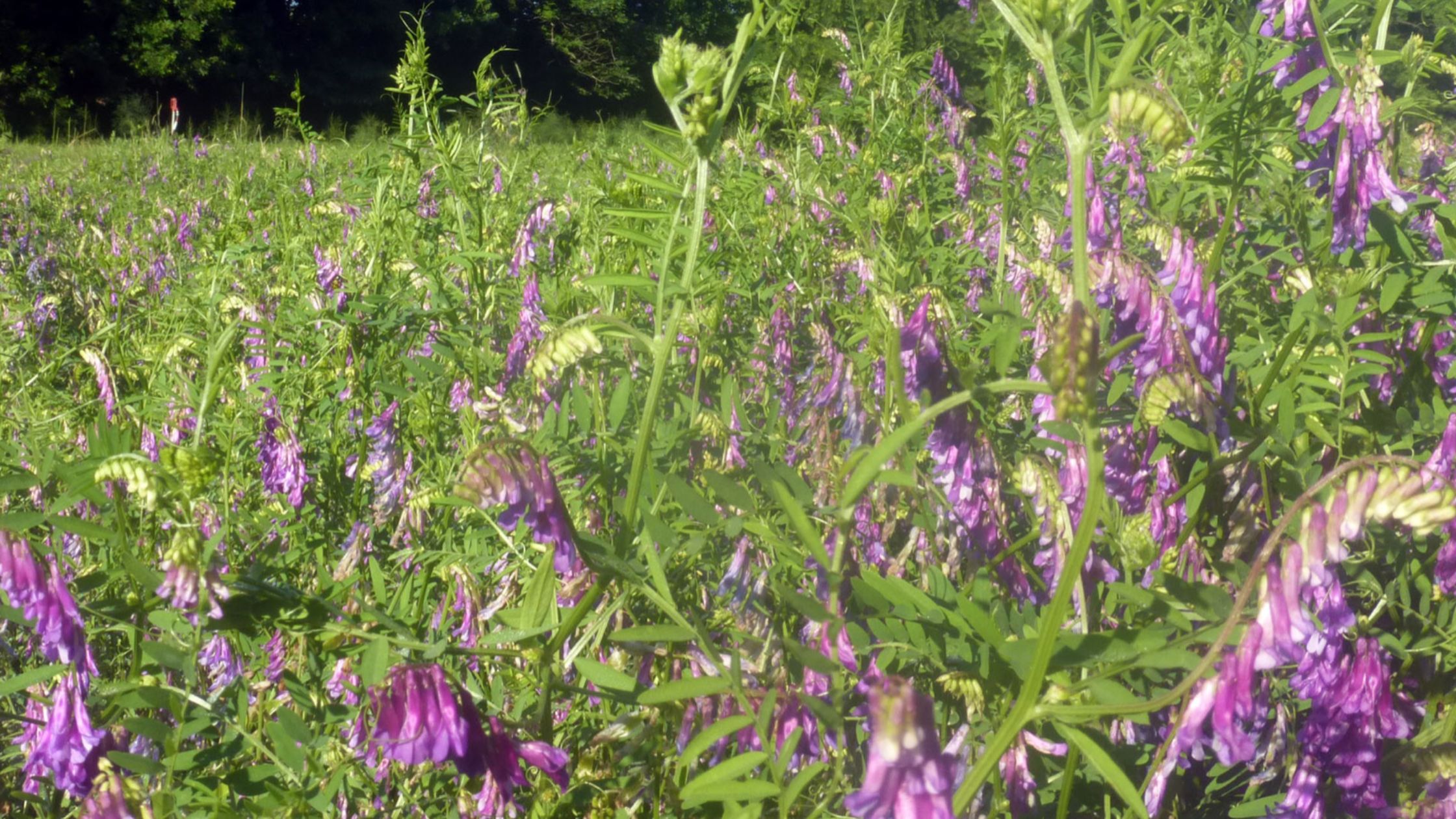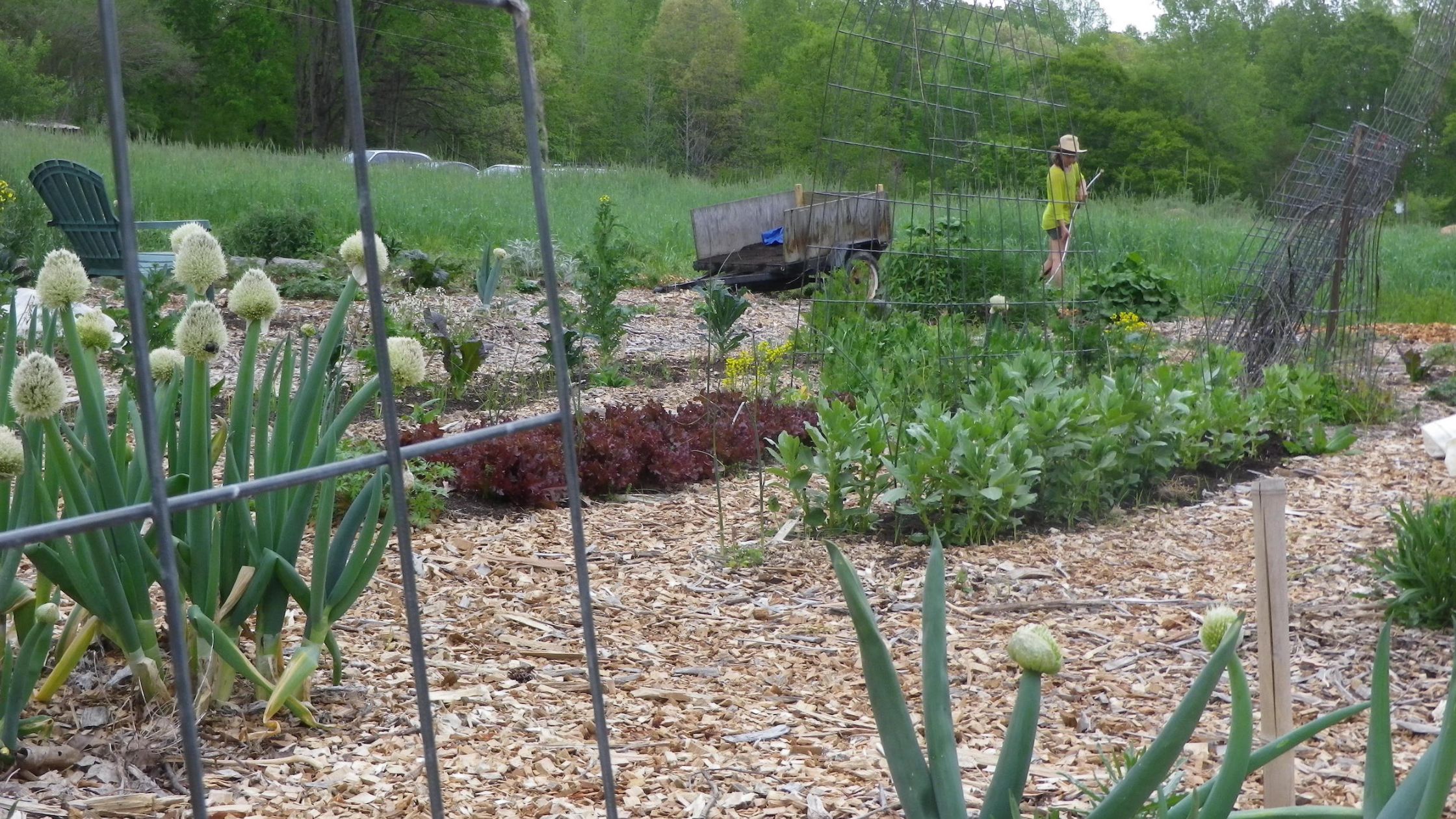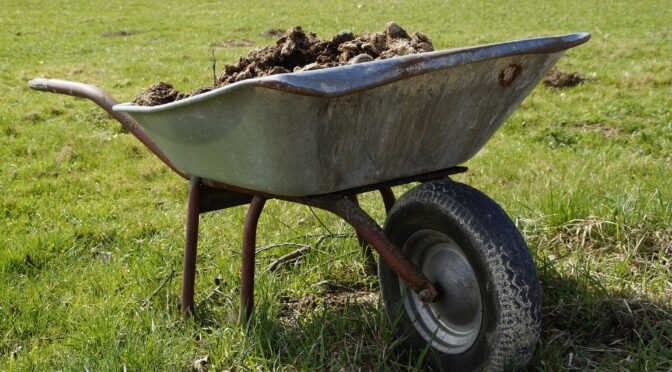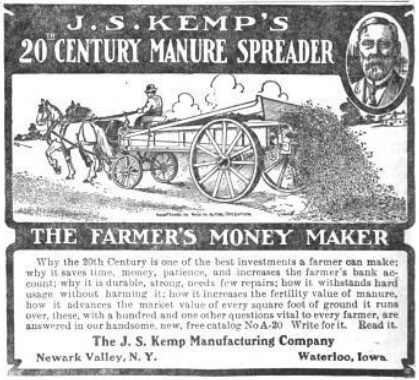Most gardeners already know that compost is black gold in the garden, but it can be challenging to make as much as we may want to. It’s always surprising to see how much that pile of kitchen scraps shrinks as it breaks down! If you’d like to make more compost, there are a few materials you can gather to fill up your bins.
Compost Basics
If you’re new to composting, read this before digging into the list.
Ideally, compost piles are made of a mix of nitrogen-rich “green” and carbon-rich “brown” material, usually in a 1:1 ratio. This mix allows the pile to decompose correctly, which can be achieved by layering or stirring in the material with a garden fork or shovel.
A quick tip is to add more green materials if your pile is too dry and not breaking down and add more brown materials if your pile is too wet, slimy, and smelly.
In the list, I’ve labeled items as “green” and “brown” in parentheses.
Learn more about the basics of composting in our guide, Black Gold: Making Compost.
Black Gold: Making Compost
Grass Clippings (green)
Fresh grass clippings are often one of the most accessible “green” materials to collect in mass for your compost pile. If you have areas that you keep mowed, getting a bagger for your mower can be a great way to fill up a compost bin quickly. If you have raised or permanent beds, mowing the paths is excellent for this.
If you don’t mow, check with neighbors, especially in suburban areas. Many people send grass clippings to the landfill. See if you can put them to good use instead. As with leaves, you want to check whether your neighbors use herbicides or pesticides before adding the clippings to your compost or garden.
Seaweed (green)
For our friends near the coast, seaweed is an incredible compost amendment.
Make sure you check local regulations about gathering seaweed. Always harvest responsibly and sustainably. Remember that many organisms call seaweed in the tidal zone home, and species like birds and insects use beach-cast seaweed.
Read more about How to Harvest Seaweed Sustainably with Modern Farmer.
Learn to make Seaweed Fertilizer with Milkwood Permaculture.
Cardboard and Paper (brown)
Especially after the holidays, our homes can fill with cardboard and paper. Some of this material can be used to top up the compost bin! Avoid adding glossy or highly colored paper, and remove any packing tape.
It’s best to opt for brown paper and cardboard, as some companies have switched to packing. To encourage it to break down, rip it into smaller pieces with your hands, water it well, and put a layer of green material over it if available.
Old Woodchips (brown)
Fresh woodchips aren’t ideal as they take too long to break down and can tie up nitrogen in the process. We like to use woodchips as mulch, but if you can collect a bunch or have a local tree company dump a lot on your property, you can leave them to break down in their own pile for a year or two. Once they’ve started to break down, they make an excellent addition to the compost pile.
 Fallen Leaves (brown)
Fallen Leaves (brown)
Fall and sometimes through the winter are great times to build up your compost pile with old leaves. In rural areas, you may have to rake and collect your own, but in more suburban places, you may find folks happy to pass on bagged leaves they’ve removed from their yards. When getting leaves from others, politely checking if they use herbicides or pesticides on their property is always a good idea.
It’s always a good idea to leave a few leaves around as they provide habitat for overwintering beneficial insects and add nutrients back to the trees and plants they’re around.
Sawdust (brown)
If you cut piles of firewood or untreated lumber in the same spot, you may have a great source for your compost bin! While woodchips should be set aside for a bit, finer sawdust will break down faster and can be mixed into a pile with nitrogen-rich materials.
Also, check with local sawmills or lumber yards. Just ensure that you and your sources do not include sawdust from pressure-treated, painted, or stained material.
Manure (green)
If you own chickens, goats, horses or other livestock adding their manure to your compost pile can be an easy way to add tons of nitrogen rich material. You can also check with local farms and horse stables.
Unfortunately, the rise of herbicides and pesticides, even in hay fields, has made using manure much more complicated than it used to be. Unless you know for certain any hay you’ve bought is uncontaminated, even your own animal manure could be harmful.
One easy way to check the manure is to try a simple bioassay test. Plant four to ten seedlings in small pots. For half of the pots, mix a bit of the manure in with your potting soil and grow the other half in plain potting soil or your usual mix. Watch for signs of herbicides in your seedlings, such as twisted, misshapen stems and curling, discolored leaves.
Learn more about Bioassay tests and Herbicide Residues in Manure, Compost, or Hay from The University of Florida.
Bonus Question
Can I compost clothing?
In an ideal world, we could compost most of our clothing at the end of its lifespan. You would think you could compost clothing made from natural materials like silk, linen, cotton, and wool. Unfortunately, the reality is far from that.
Many items made from cotton or other natural fabrics have been treated with chemical dyes or solutions that make them stain or wrinkle-resistant. They may have also been stitched with polyester thread.
Some organic products are the exception, but you should check how they were manufactured. Homespun and handmade products may be composted. Just know that they may take a while to break down.
An endless supply of compost is a gardener’s dream. While we may never get there, these seven materials can help you quickly build up a larger compost pile, ensuring you have plenty of material for next season.

